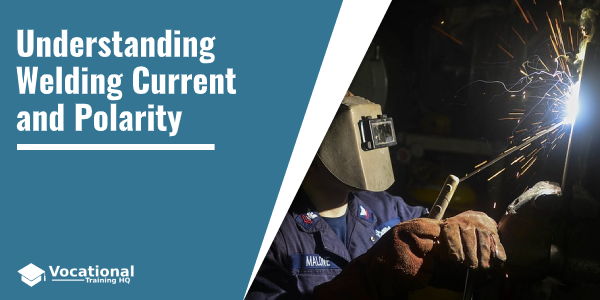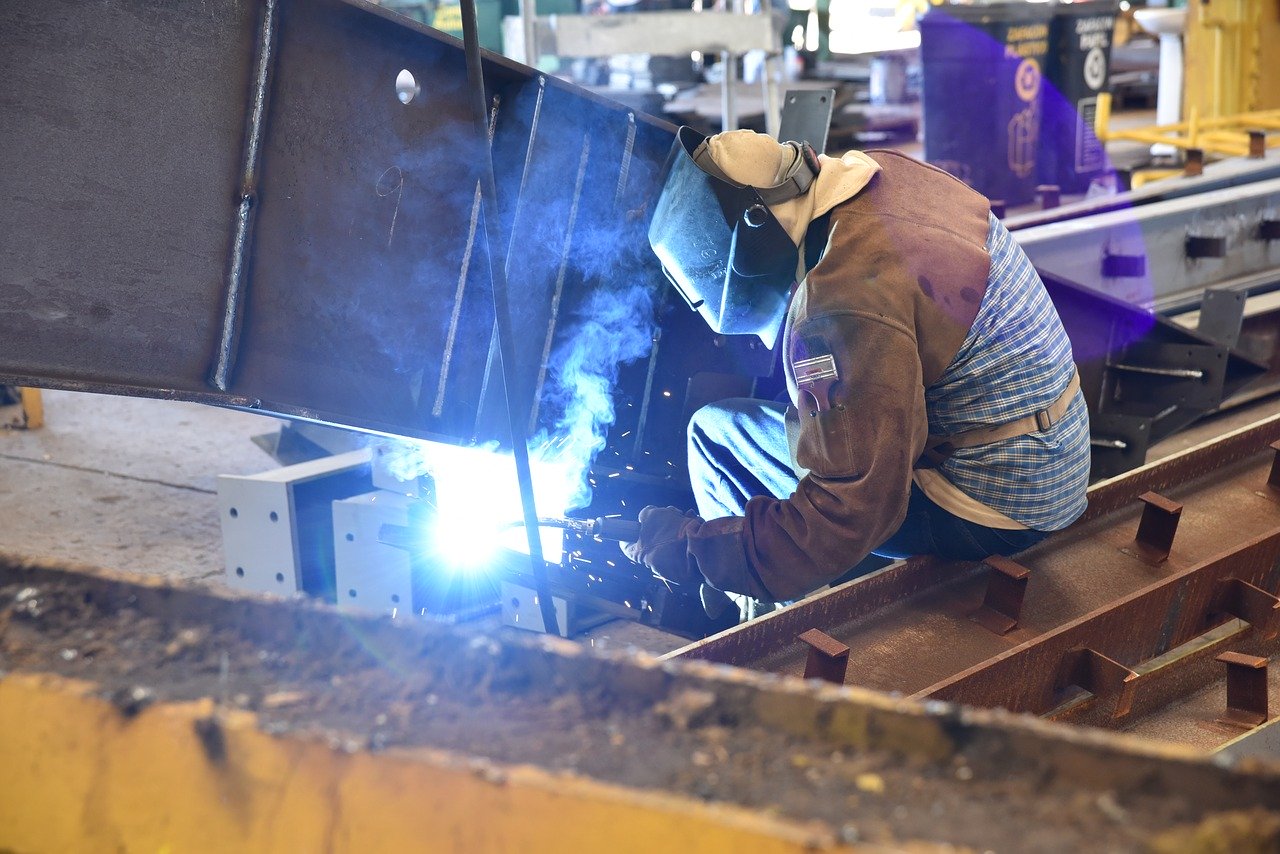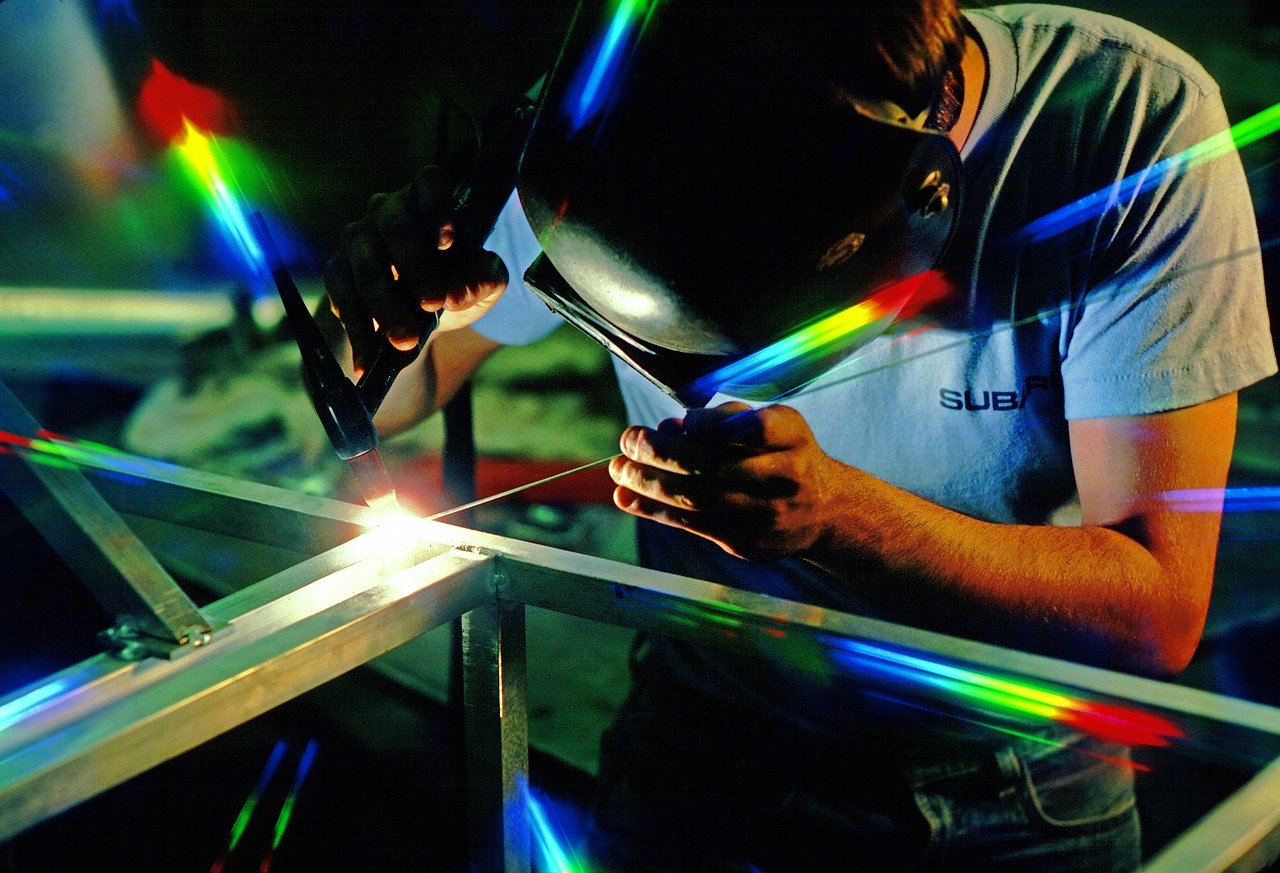While welding is a hands-on occupation, welders still need some technical knowledge.
One of the common terms you will hear in the shop or class is “welding current”.
Welding electrodes and machines are labeled as AC or DC.
This describes the polarity of the current in a welding machine.
So why do the polarity and electrical currents matter in welding?
Article Table of Contents
What Is Polarity in Welding?
When you turn on the welding machine, the electrical circuit is created which has a positive and negative pole.
This is called polarity.
In welding, polarity plays an essential role because the right polarity affects the quality and strength of the weld.
The wrong polarity leads to bad penetration, much spatter, and a lack of control of your welding arc.
What is Straight and Reverse Polarity in Welding?
“Straight” and “reverse” polarity are terms common for “electrode-positive” and “electrode-negative” polarity.
Electrode-positive (reverse) polarity welding currents make deeper penetration.
Electrode-negative (straight) polarity provides a faster deposition rate and melt-off.
The weld can also be affected by different shielding gases.
What Do AC and DC Current Mean?
AC means alternating current, and DC means direct current.
AC changes the direction of its flow, and DC has only one direction.
So DC welding machines and electrodes have constant polarity, while AC machines have changed polarity, 120 times per second with the current of 60 hertz.
How Do AC and DC Currents Differ in Welding?
DC is used widely in shielded metal arc welding (SMAW) as it has multiple benefits.
While welding with DC, you get a more stable and smoother arc, can strike it more easily and have less spatter and fewer outages.
Also, overhead and vertical up welding is less complicated.
However, AC is a better choice for beginners, students, for example, as it is usually used with entry-level low-cost machines.
AC is also commonly used in shipbuilding welding and other conditions where the arc can blow from one side to another.
What Is DC Positive and DC Negative Polarity in Welding?
Additionally, welding can be different not only by welding current but also by electrode-positive or -negative polarity.
With DC positive polarity, the penetration into steel is of a higher level.
DC negative polarity provides less penetration but a higher deposition rate.
For example, it can be used on thin sheet metal.
AC is half positive-half negative, so it’s properties for welding are in the middle of DC negative and positive polarity.
If deep penetration isn’t necessary, some welders choose AC.
For example, to perform a repair on rusty metal.
To complete a welding job properly, understanding of welding currents and polarity is essential.
You should consider welding conditions, type of metal, deposition rate, and penetration level when choosing AC or DC currents or electrode-negative/electrode-positive polarity.
By knowing this, you can make your job easier and improve your welding.
Read the full guide: How to Become a Certified Welder


